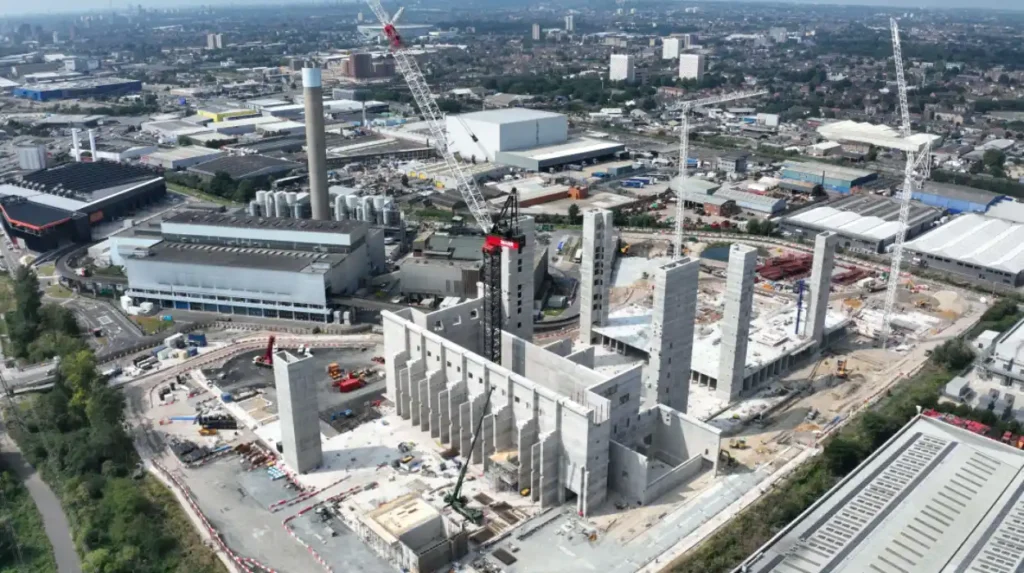East London is rapidly evolving as a centre for sustainable energy solutions, with a rich history and forward-looking initiatives shaping its energy landscape. It highlights district energy schemes and renewable energy technologies that provide affordable, low-emission heating and electricity to local communities, making it a prime example of urban energy innovation.
Historical Context of Energy in East London
East London’s journey into energy generation began in the early 20th century with the establishment of facilities like the West Bank Power Station. Originally built in 1905 by the East London Harbour Board, this plant was pivotal in electrifying the town. Over time, increased demand led to expansions in the 1920s and post-World War II, reflecting the broader industrial and commercial growth of the area. The West Bank Power Station and other early plants set the foundation for modern energy infrastructure, illustrating the city’s long-standing commitment to meeting energy needs through technological adaptation.

Modern Energy Infrastructure and Sustainability
Today, organizations like East London Energy lead the transition towards sustainable energy through district energy schemes. These schemes use highly efficient, centrally managed energy centres to produce and distribute heating and hot water to properties via insulated pipes. A significant aspect of this model is the recovery of heat as a by-product of electricity generation, heat that would otherwise be wasted in conventional power plants. This process greatly improves the overall efficiency of energy use and substantially reduces greenhouse gas emissions, supporting East London’s environmental goals.
District heating and cooling systems not only optimize resource use but also offer residents affordable and reliable energy services. By utilising renewable energy sources such as biomass, heat pumps, and solar energy, these schemes diminish dependency on fossil fuels, aligning with the UK’s broader net zero targets.
Energy Efficiency and Circular Economy Efforts
Historically, facilities like the Edmonton Solid Waste Incineration plant in north London, which has operated for over 50 years, have showcased innovative ways of turning waste into valuable energy. This plant processes household waste to generate electricity while recovering ferrous metals from ash, embodying principles of the circular economy—where waste materials are reused and repurposed to minimize environmental impact.
Such legacy projects have influenced contemporary initiatives in East London, promoting waste-to-energy conversion as a sustainable practice. These approaches reduce landfill use, lower greenhouse emissions, and generate electricity and heat for local consumption.

East London’s Role in the UK Energy Transition
East London’s energy initiatives serve as a microcosm of the UK’s overall transition from traditional fossil fuel-based electricity and heating systems to greener alternatives. Increasing urban density and climate commitments have accelerated the adoption of district energy networks and renewable energy technologies across the city. East London’s local government and private partnerships actively invest in upgrading and expanding infrastructure to ensure efficient energy delivery and carbon footprint reduction.
Furthermore, these efforts support social equity by providing affordable heating and hot water to diverse communities, minimizing energy poverty and enhancing quality of life.
East London’s energy sector is a thriving example of integrating historical infrastructure with cutting-edge sustainable technology. Through district energy schemes, waste-to-energy initiatives, and renewable resource integration, East London is crafting a resilient, low-carbon energy future accessible to all residents. This commitment not only supports local environmental goals but also positions East London as a leader in sustainable urban energy systems in the UK.
